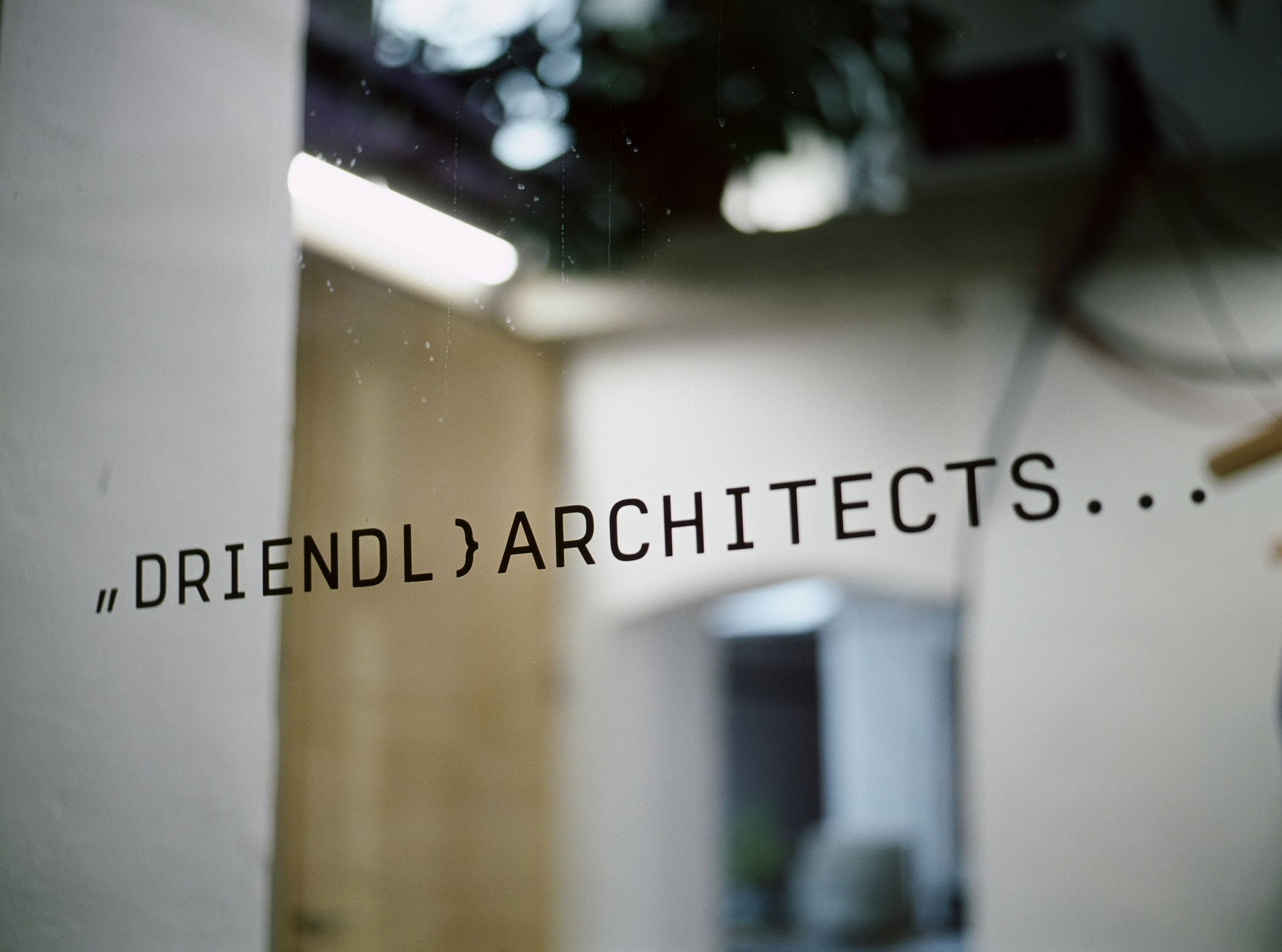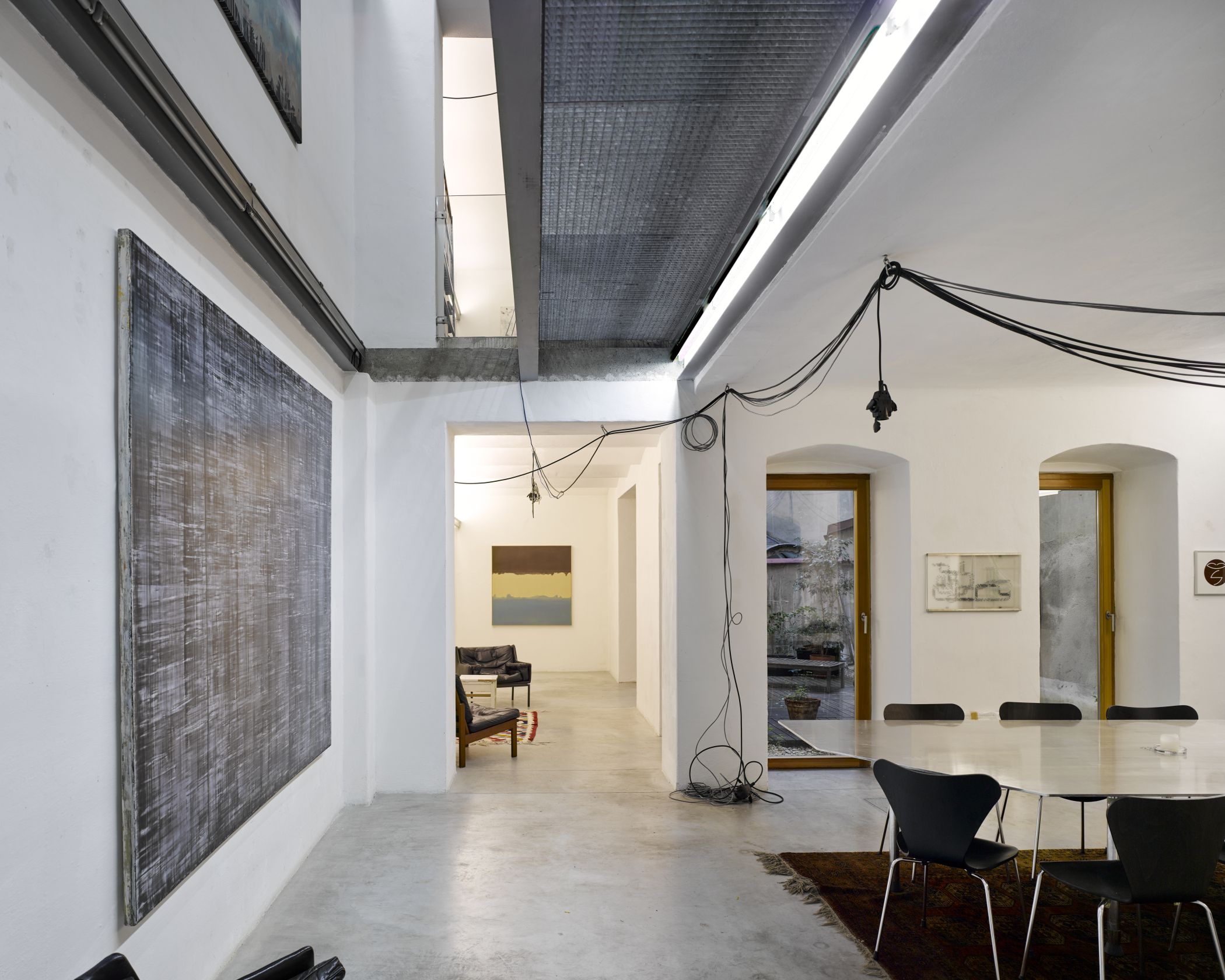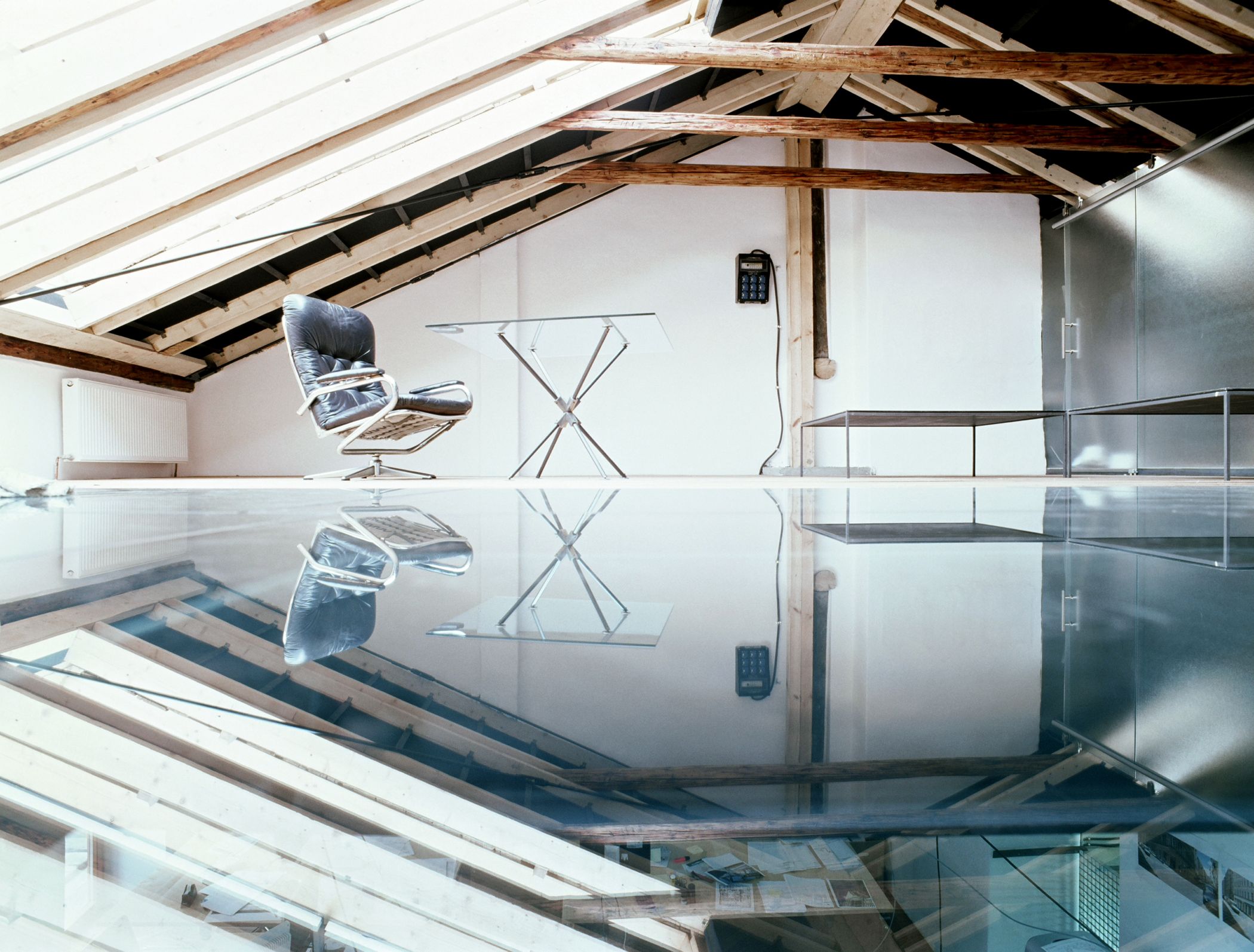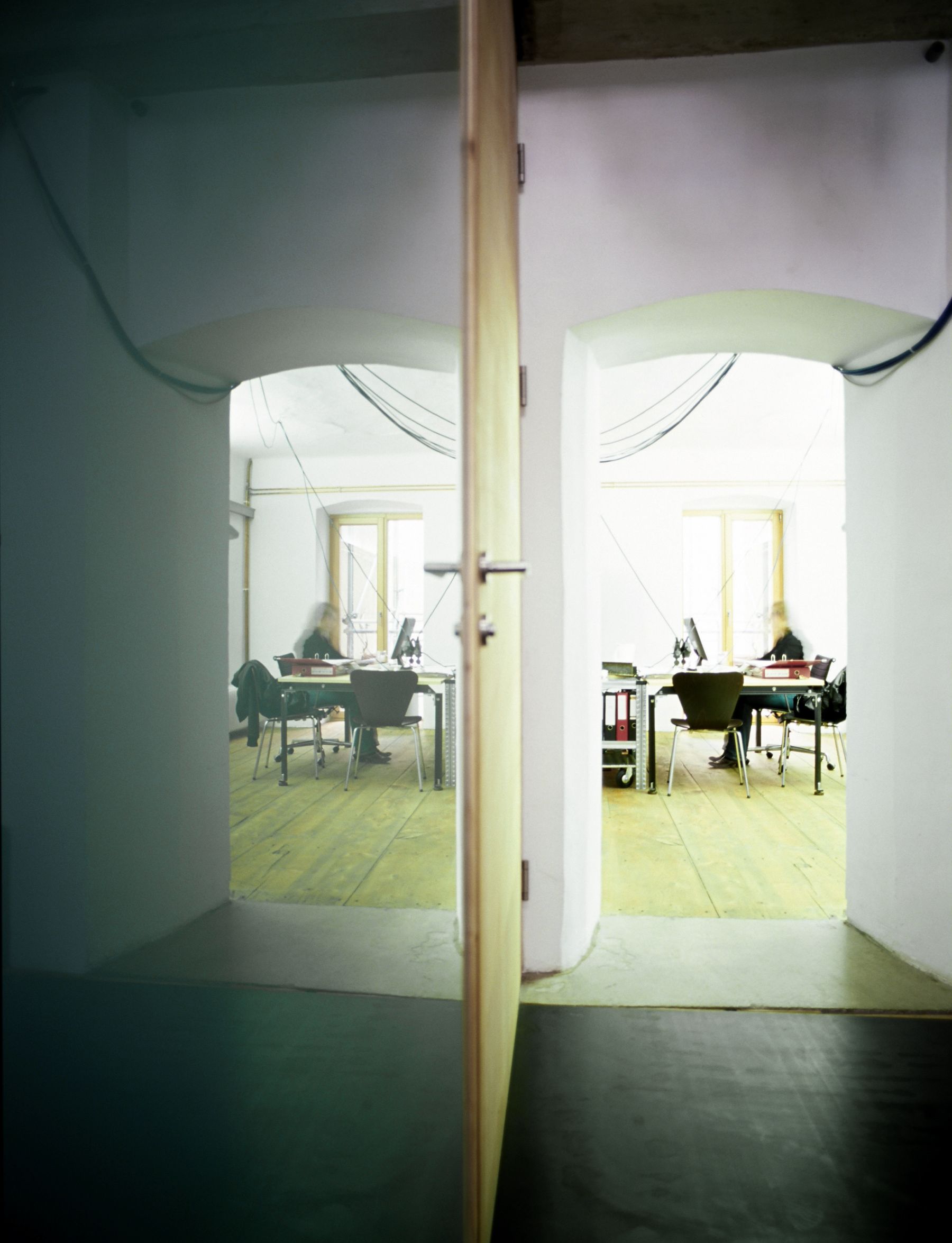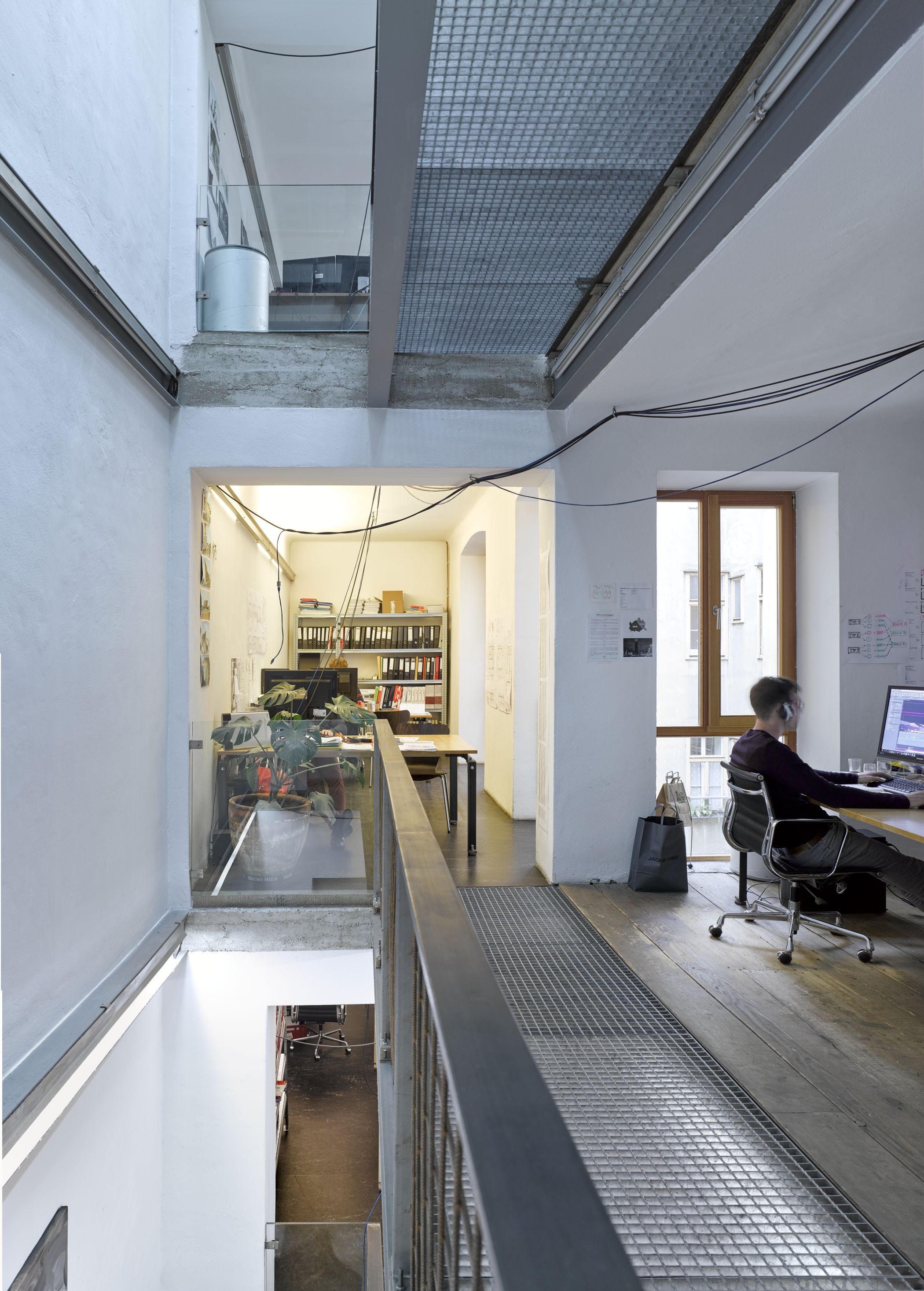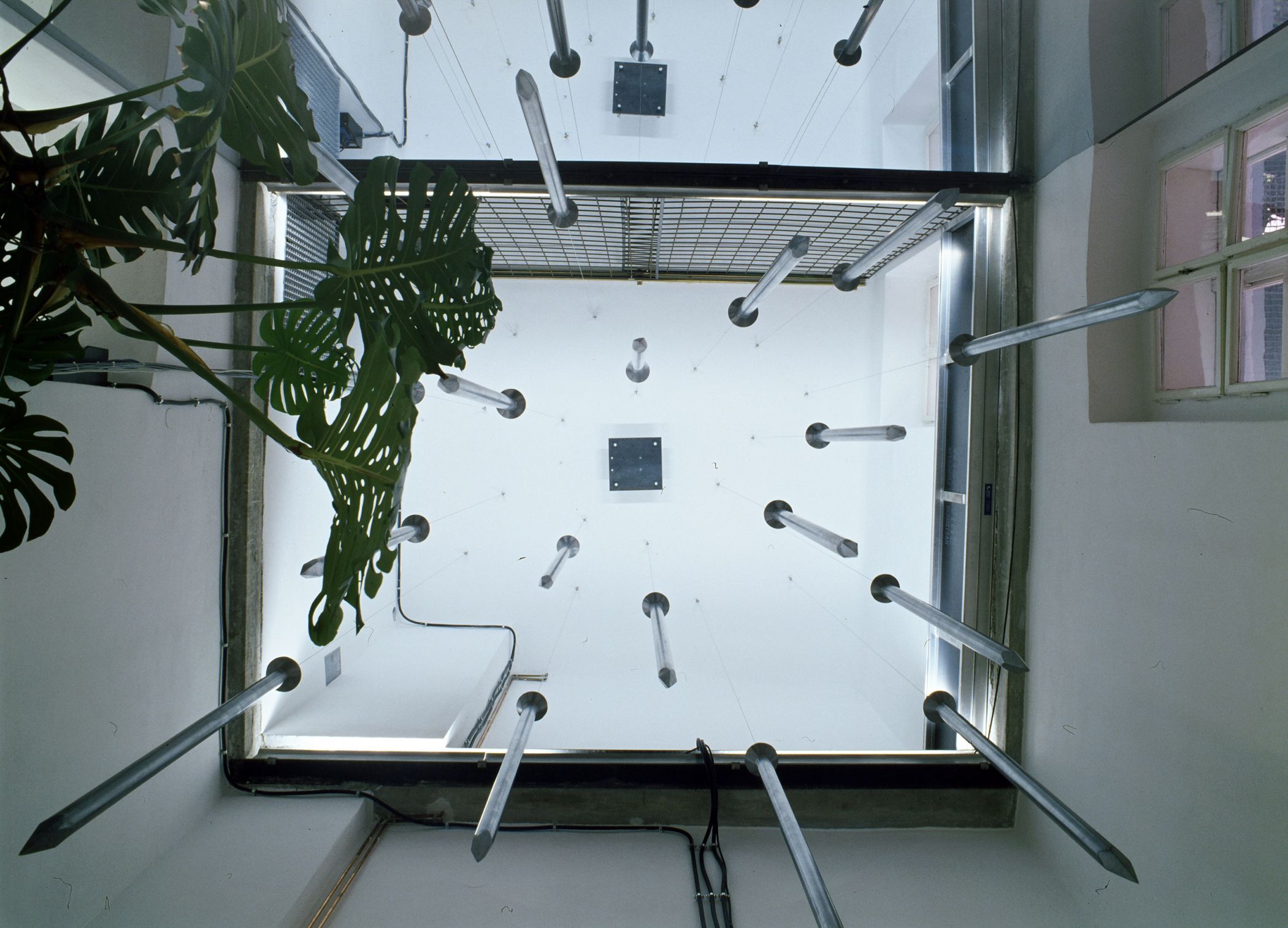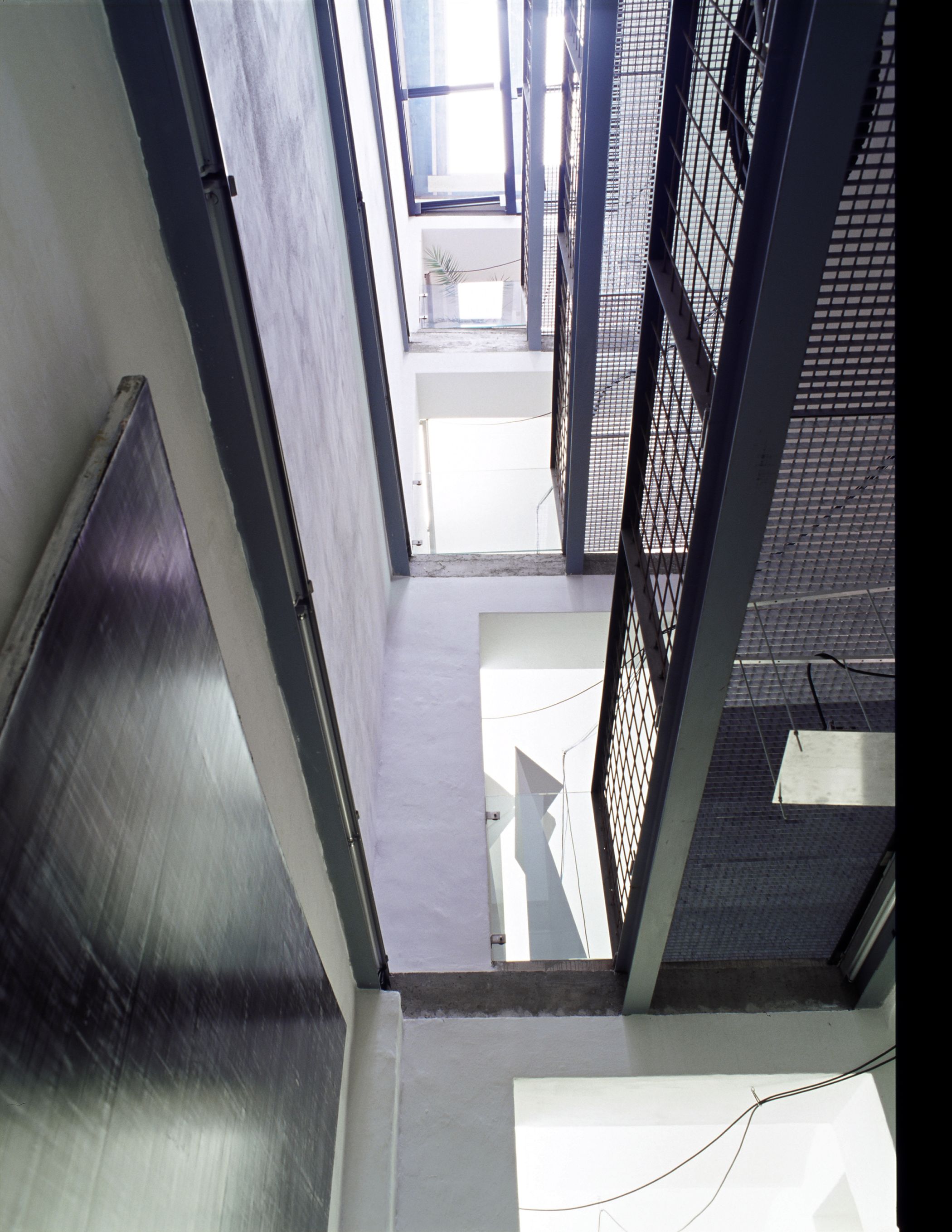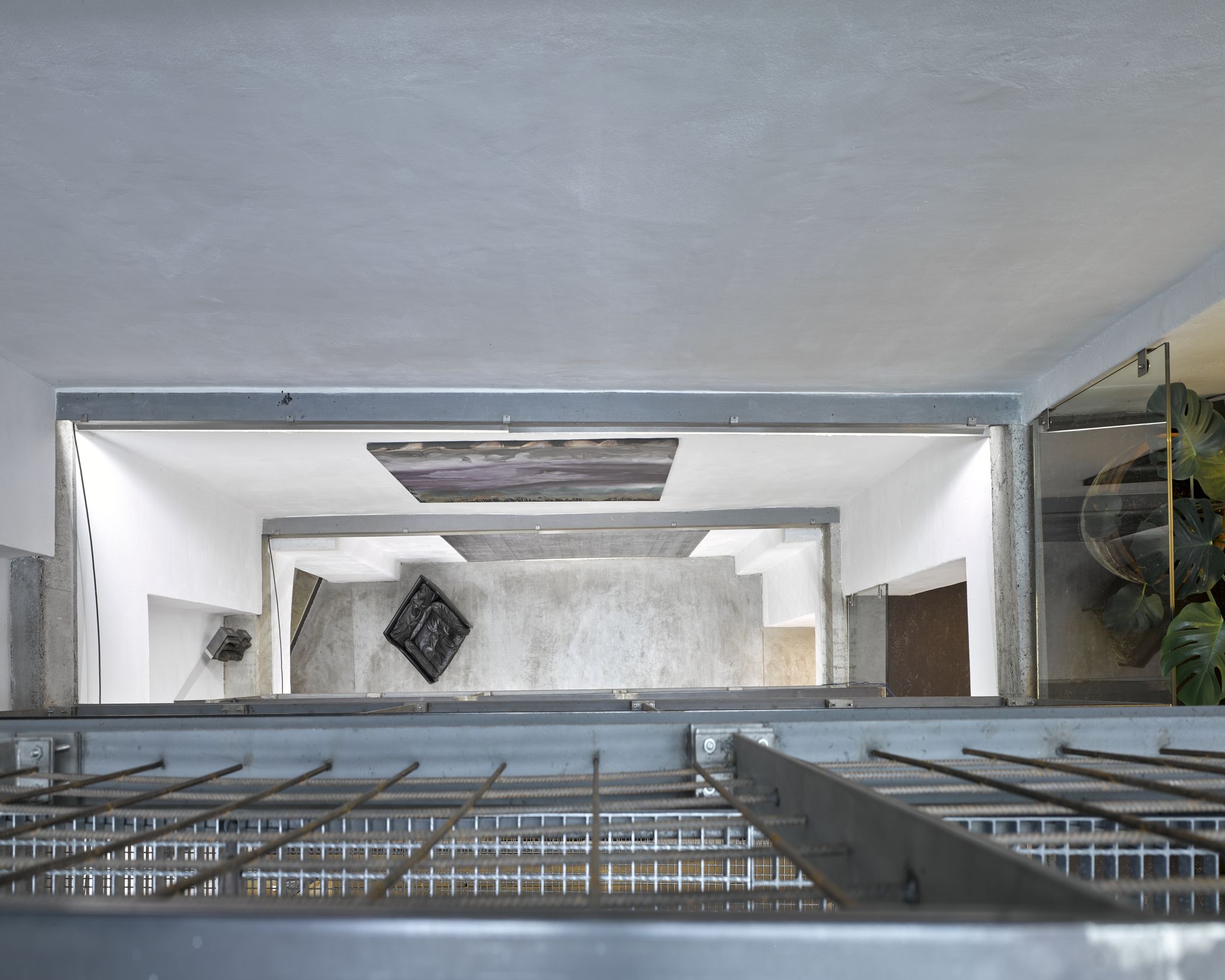Office 02
Gallery
Concept
- Initiative
- space quality
- Architecture
- space for light
- Technology
- light trough the roof into the cellar
Question
How can an existing, small-scale, closed room concept develop into an open, communicative and bright environment for different uses with as little effort as possible?
Solution
The 100m² space in the front office of d*a in the center of Vienna became too narrow so the search for a possibility to expand started.
The existing but hidden back-house has been completely walled, almost imposible to recognize, even the house owner didn’t know details about its existence. It was completely desolate with six tiny living units, unused for more than 20 years.
After sorting out the rental agreement the adaption process began, more in the spirit of improvisation than excecuted along a detailled plan with focus on the opportunity to later use for different purposes in case the re-vitalization would fail.
The main issue was to bring light into the rooms.
At first the old useless installations were removed to uncover the initial object, step for step to not remove too much and to avoid possible instauration costs.
A solution for the integration of gas and electricity has been pushed back to a later point in time.
The need for toilets and the usage of the existing line has been clear though. During the exmination works it appeared that some of the ceilings were useless, so they have been removed. It turned out that this could be the solution for the light problem – large glass sheets have been put in between the roof balks, they transform the attic into a sunny room and enable the light to enter the buidling down till the cellar. In order to reduce the bending deformation of the roof planes, the old rafters were sandwiched between special wood planks and nailed together.
Against the horizontal push, it has been planned to reinforce the ridge beam by tie rods strung along the roof planes. Each tie rod is stretched between the end of ridge beam and the bottom (or middle) of central rafters. Similar to a beam-string-structure, these tie rods push up the central rafters upward and prevent the sag of ridge beam.
This intervention method does not require the replacement neither the modification of original elements. The added reinforcement, such as planks and tie rods, is simply superposed on the existent parts without damaging the old elements. These add-on items are easily detachable.
Design
After the removal of the ceilings (in each level) structures concering statics and earthquake protection had to be re-stabilized – furthermore connections between the levels had to be installed. The loss of space has been as minimal as 40m2 since footbridges and gratings had to be integrated.
At the attic the missing ceiling has been closed with accessible glass. It even is possible to reside there due to all the necessary installations.
Electricity and gas: The intention was to avoid time- and cost intense caulking works. A docking station with a specific number of cables has been placed in each level. During research work it became evident that this system is often used in laboratories. The heating is based on the same scheme: through holes in the ceilings lines lead to a therm near the door in the ground floor, heaters have been organized from a building site which underwent a renovation process in the same timeframe.
All chimneys have been renovated to balance emerging heat without air condition. The ground floor has constant temperature during summer and is heavily frequented during breaks; in winter it is the other way round: the floor heating warms the ground floor, the upper levels are a bit chiller.
The vertical development isn’t hindering a horizontal office exchange. The communication works via intervisibilities in the area of the galleries. Today’s status is a snapshot, especially details change during a work in process which began with the first intervention.
Info
| Category | Office/Headquarters |
|---|---|
| City | Vienna |
| Commissioner | d*a |
| Period | 2005 |
| Type | self-initiative |
| Status | built |
| Copyright | driendl*architects ZT GmbH |
| Images | Milli Kaufmann, James Morris, Lew Rodin |
Media
- Generate Pdf
- Share Project
